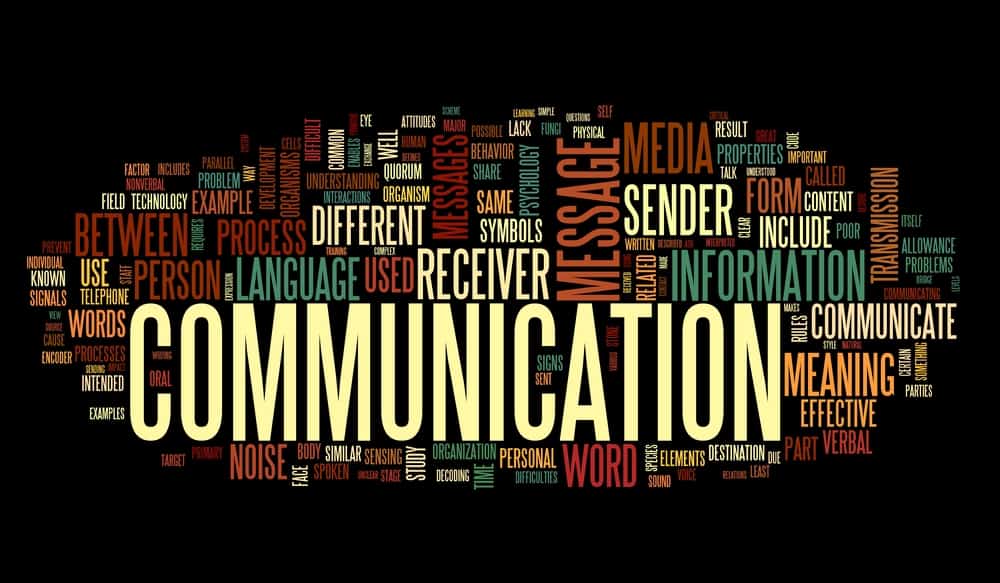
People going into Emergency Medical Services are motivated by wanting to help others. We often focus on learning what to do and how to do it properly. Knowing the correct intervention does not help when you cannot communicate effectively with your patient. Understanding your patients’ perspectives will enhance your ability to provide treatment in a timely manner without causing undue hardship for both you and your patients.
Autism seems to be increasing in incidence, so it is likely you will eventually have a patient on the autistic spectrum (called ASD, autism spectrum disorder). There are many types of autism caused by a variety of genetic and environmental influences. Thus there are many different ways that individuals with ASD may behave. Here are a few of the more common issues.
Is your patient verbal? Although many ASD individuals are verbal, some are not and may communicate with sign language, gestures, pointing, and even communication devices. Even a verbal person may be so uncomfortable that they cannot speak. Speak clearly and concisely with straightforward language. Be calm and patient. Repeat what you think the patient is trying to tell you and ask them to wave their hand or do something if you are correct.
Typical gestures and other physical ways to communicate may not be understood by the ASD patient. Don’t expect eye contact or the usual facial expressions or gestures. So even if your patient does not look at you, do not assume she is not listening. Continue to speak calmly, clearly, and patiently, and expect a delayed response while she attempts to understand you.
Touch is often difficult for ASD individuals, whether it is being touched or touching others. Demonstrating and explaining on yourself or another person first, before trying to touch your patient, is the best way to approach physical touching. Let her see any equipment you will use and touch it to ensure it will not hurt her.
Aggressive behavior does not mean that the patient wants to harm you, but may be a reaction to loud noises, bright lights, or the unknown person in a uniform who keeps talking: you! It is the patient’s way of saying ‘leave me alone!’ In fact, any repetitive behavior may be an attempt to calm herself and should be allowed as long as the person is not hurting others.
Maintaining a calm, reassuring presence combined with acceptance of the patient will go a long way towards being able to help her tolerate your treatment. Remember that your patient’s perspective is very different from your own and results from neurodevelopmental disability.
Autism seems to be increasing in incidence, so it is likely you will eventually have a patient on the autistic spectrum (called ASD, autism spectrum disorder). There are many types of autism caused by a variety of genetic and environmental influences. Thus there are many different ways that individuals with ASD may behave. Here are a few of the more common issues.
Is your patient verbal? Although many ASD individuals are verbal, some are not and may communicate with sign language, gestures, pointing, and even communication devices. Even a verbal person may be so uncomfortable that they cannot speak. Speak clearly and concisely with straightforward language. Be calm and patient. Repeat what you think the patient is trying to tell you and ask them to wave their hand or do something if you are correct.
Typical gestures and other physical ways to communicate may not be understood by the ASD patient. Don’t expect eye contact or the usual facial expressions or gestures. So even if your patient does not look at you, do not assume she is not listening. Continue to speak calmly, clearly, and patiently, and expect a delayed response while she attempts to understand you.
Touch is often difficult for ASD individuals, whether it is being touched or touching others. Demonstrating and explaining on yourself or another person first, before trying to touch your patient, is the best way to approach physical touching. Let her see any equipment you will use and touch it to ensure it will not hurt her.
Aggressive behavior does not mean that the patient wants to harm you, but may be a reaction to loud noises, bright lights, or the unknown person in a uniform who keeps talking: you! It is the patient’s way of saying ‘leave me alone!’ In fact, any repetitive behavior may be an attempt to calm herself and should be allowed as long as the person is not hurting others.
Maintaining a calm, reassuring presence combined with acceptance of the patient will go a long way towards being able to help her tolerate your treatment. Remember that your patient’s perspective is very different from your own and results from neurodevelopmental disability.
Resources for ASD Information and Support
Autism Society of Minnesota: https://www.ausm.org/
Autism Society (national): https://www.autism-society.org/
Autism Speaks: https://www.autismspeaks.org/
Autism Society (national): https://www.autism-society.org/
Autism Speaks: https://www.autismspeaks.org/
Sources
Autism Centers of Excellence (ACE) Program. https://www.nichd.nih.gov/research/supported /Pages/ace.aspx
National Institute of Neurological Disorders and Stroke. Autism Spectum Disorder Fact Sheet. https://www.ninds.nih.gov/Disorders/Patient-Caregiver-Education/Fact-Sheets/Autism-Spectrum-Disorder-Fact-Sheet
PR Newswire. 8 Tips for Communicating with Patients with Autism. EMSWorld online. Aug 24, 2016. https://www.emsworld.com/news/12249428/8-tips-for-communicating-with-patients- with-autism
National Institute of Neurological Disorders and Stroke. Autism Spectum Disorder Fact Sheet. https://www.ninds.nih.gov/Disorders/Patient-Caregiver-Education/Fact-Sheets/Autism-Spectrum-Disorder-Fact-Sheet
PR Newswire. 8 Tips for Communicating with Patients with Autism. EMSWorld online. Aug 24, 2016. https://www.emsworld.com/news/12249428/8-tips-for-communicating-with-patients- with-autism
Joanne Ewen, JD, EMT

